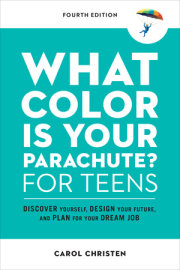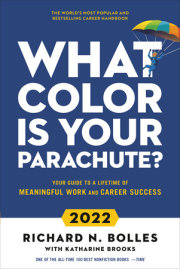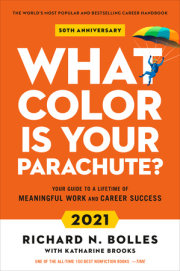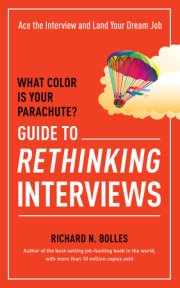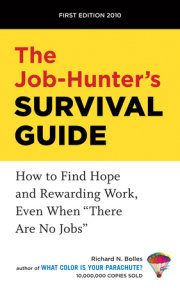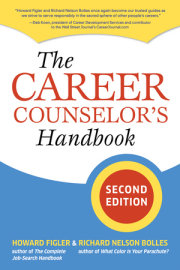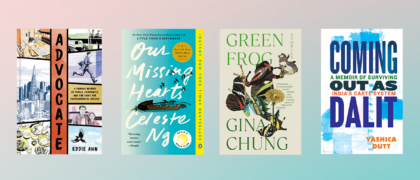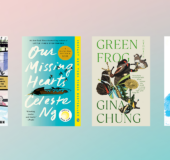Discovery Exercise
How to Find What You Love to Do: Identify Your Skills
Scan your mind back over the last month. Did you complete any tasks successfully? What were they? Did you enjoy them?
You begin to identify your skills by looking at your life. Think about projects you have completed, recent problems that you solved, your hobbies, and the activities you do for fun. These can be experiences from your school, volunteer work, paid work, or free time. Select a project or activity you’ve enjoyed that had an outcome—writing a paper, helping to organize an event, or learning something new, such as a sport or hobby.
Rich Feller, professor of career development and author of the book
Knowledge Nomads and the Nervously Employed, says that 70 percent of our skills come from challenges, 20 percent from watching others, and 10 percent from classes and reading. Pick a story to write from any of these three categories. If you’re stumped about what might make a good skills story, look particularly at challenges you have overcome. Once you’ve thought of a story, write a short paragraph that describes how you completed your project or worked out a solution to the problem you had. (Need a little inspiration on what kind of story to write? See the Student Example on page 12.)
Now give your project, problem, or activity a title. Then answer these questions:
Goal or Problem: What was your goal—that is, what were you trying
to accomplish, or what was the problem you were trying to solve?
Any time you have a goal that challenged you, you’ll find lots of skills.
Obstacles: What made achieving your goal (or solving the problem) difficult? How did you overcome these obstacles?
Time Frame: How long did it take you to achieve your goal or solve your problem? Using an overlong time frame can often hide skills.
If solving a particular problem took several years, pick an especially challenging part of that problem.
Outcome: What happened? Did things go as you expected, or did something unexpected happen?
Copyright © 2015 by Carol Christen and Richard N. Bolles. All rights reserved. No part of this excerpt may be reproduced or reprinted without permission in writing from the publisher.



